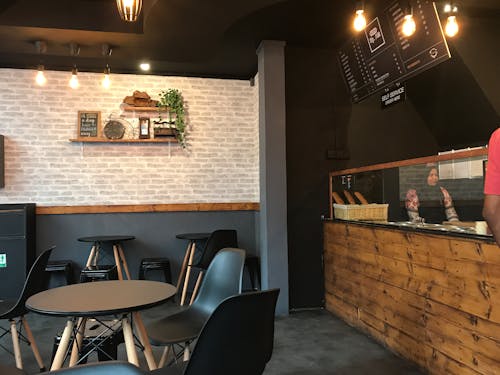Asian restaurants have carved a niche and are at the forefront of culinary landscapes, keeping heads turned about their diverse flavors and complexity. From the bustling streets of Bangkok to the peaceful tea houses of Kyoto, Asian cuisine presents an entire palette, inviting foodies to explore its many dimensions. Asian restaurant popularity lies in the unique dining experience that a meal transcends sustenance and a connection forged through culture and flavor.
A Pot of Melts
Asian food is a cultural melting pot of flavors, textures, and ingredients. Various areas are known for their traditions, and this comes to the fore in the diverse dishes prepared by local Asian restaurants. Indian restaurants always feature the rich spices of the subcontinent. This reflects in the various dishes such as biryani, tikka masala, and dosas that integrate intricate spices like cumin, coriander, and cardamom into producing bold, fragrant, and appetizing dishes that would make the senses go wild.
On the other hand, Korean food is characterized by fermentation and preservation. Korean barbecue is one of the very favorite options to dine where guests love grilling marinated meats at their tables and enjoy side dishes with them such as pickled vegetables, kimchi, and savory pancakes. Social eating of Koreans enables the guests to become a family that brings camaraderie around every meal.

A Cultural Experience
Eating at an Asian restaurant is a cultural experience about their history and tradition. Most take pride in authenticity by trying to replicate the original ways they prepare food back in the motherland. Be it the art of perfect sushi preparations in Japan or the streets filled with street food vendors in Thailand, Asian restaurants serve mostly as ambassadors for their foods.
Cooking techniques play a significant role in the culinary experience. An example of this is in Chinese wok cooking where high heat and fast cooking result in hot and colorful dishes. The culinary experience can be flavored by the drama of a chef tossing seasoned ingredients in a sizzling wok.
Apart from cooking, most Asian restaurants integrate a cultural perspective into the service style. For example, the Japanese have omotenashi, the spirit of selfless hospitality whereby people serve guests in a way that others anticipate their needs so that service can be delivered professionally. Such a cultural attitude makes the whole experience worthwhile to the extent that customers leave an establishment feeling honored and valued.
Health and Wellness
There has been a recent increase in awareness of health and wellness while dining, and many Asian restaurants have responded to this trend by providing healthy options. Traditionally, Asian diets have focused on fresh vegetables, lean proteins, and whole grains, making them inherently health-conscious.
For example, the Asian dishes that have gained popularity with a Mediterranean flavor. Asian foods are being mixed with other ingredients, such as quinoa and kale, and cooked using traditional Asian flavors. Now, increasing numbers of Asian restaurants have started to provide vegetarian, vegan, and gluten-free meals so that people can enjoy their Asian food along with their health goals.

The Social Dining Culture
Naturally, Asian restaurants promote family-style dining with a certain extent of sharing, although, in general, in some Asian countries, and thus within their culture, dishes do appear both mostly often served and usually also taken family style; chances then occur to experience several varieties at your discretion to create further social encounter when having a meal and makes such meal a social event instead of just having it at your table.
Another eating style is hot pot. To be honest, this particular Asian food has become one of the favorite dishes these days. The diners get together around a simmering pot of broth where they cook different kinds of meats, vegetables, and noodles according to their preference. In doing this, the interaction is personalized to foster conversation and laughter on the dining table. Every time there is a meal with the family or friends is priceless.
Sustainability and Ethical Sourcing
The level of awareness about sustainability seems to compel many Asian restaurants today. Many of them stress sources related to ethics and more green-friendly environments. A higher portion makes an effort to maintain or use local and organic content, which reduces its carbon footprint and supports local industries. This is reflective of the farm-to-table ideology, where freshness as well as quality are associated in every dish.
In addition, sustainability extends beyond food sourcing. Many Asian restaurants are taking steps to minimize their waste by using environmentally friendly strategies such as composting and biodegradable take-out packaging. These efforts make eco-conscious diners feel at ease and loyal.
Conclusion
Asian restaurants offer an exciting and flavorful journey through the diverse culinary traditions of the continent. This creates a fusion of rich culture with modern dining, meaning they’re always ready to bring that enchanting ambiance as they continue to draw more foodies of all forms. Starting from the concepts of communal dining to choices focused on the healthy aspects and sustainability of all operations of a restaurant, Asian restaurants grew well with every experience as that meal—one that nourished body and soul. With every step of discovering the world of Asian cuisine, not only does the taste come through, but so does the story and the traditions surrounding each dish. Therefore, every visit is a culinary adventure.

